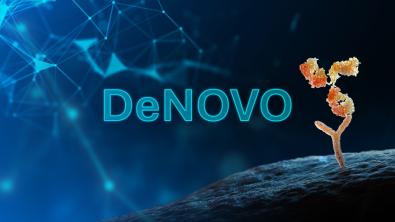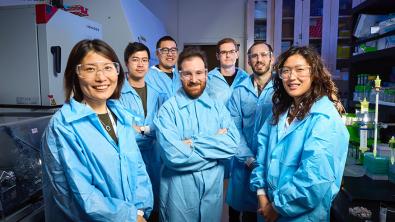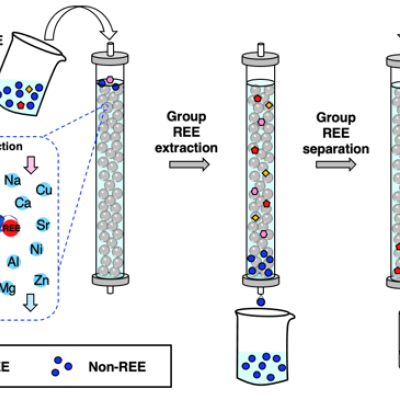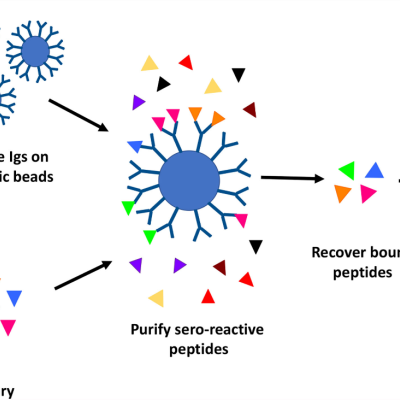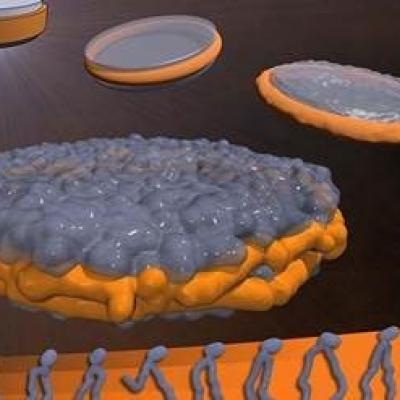This is a broad portfolio that includes all aspects of life sciences. Some of the representative areas are bioengineering (brain computer interface, chips to grow and monitor cellular activities, and bioprinting), vaccines and therapeutics (nanolipoprotein particles for the delivery of vaccines and drugs, carbon nanotubes for drug delivery, KRAS inhibitors, and anti-bacterial minerals), medical diagnostics (molecular diagnostics, point-of-care testing, imaging, and forensic), life science instrumentation (PCR instruments, rapid PCR, fluid partitioning, microfluidics, and biosensors), and methods for the extraction and purification of rare earth elements using lanmodulin and other natural/synthetic bacterial proteins.
Portfolio News and Multimedia
In a pioneering project aimed at revolutionizing the design of antibodies and antibody-like molecules through the power of AI, Lawrence Livermore National Laboratory (LLNL) is working to transform medical countermeasure development and biologics discovery. The project is part of an interagency agreement between the Advanced Research Projects Agency for Health and the Department of Energy.
Under the three-year DeNOVO project, LLNL and other institutions (including the University of California, San Francisco, the Institute for Protein Design at the University of Washington, Los Alamos National Laboratory and A-Alpha Bio) will apply high-performance computing and AI to push the boundaries of antibody design.
A new cancer drug candidate developed by Lawrence Livermore National Laboratory (LLNL), BBOT (BridgeBio Oncology Therapeutics) and the Frederick National Laboratory for Cancer Research (FNLCR) has demonstrated the ability to block tumor growth without triggering a common and debilitating side effect.
The discovery of BBO-10203 brings together DOE high-performance computing with AI and biomedical expertise to accelerate drug discovery. LLNL is leveraging its Livermore Computer-Aided Drug Design (LCADD) platform — combining AI and machine learning with physics-based modeling — and world-class DOE supercomputing resources like Ruby and Lassen, to simulate and predict drug behavior long before any compound is synthesized.
Rare-earth elements are essential for many electronic, energy and advanced defense technologies. A research collaboration between LLNL and Pennsylvania State University (Penn State) has generated a portfolio of intellectual property (IP), jointly owned by both organizations, that uses bacterial proteins to pick out critical metal ions.
LLNL has licensed its interest in the joint IP to advanced biochemistry start-up Alta Resource Technologies for commercialization of the resulting technology to transform mineral separation. Similarly, Penn State is negotiating a license agreement with Alta for its interest in the joint IP.


